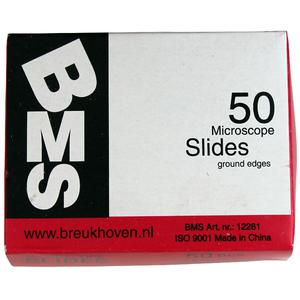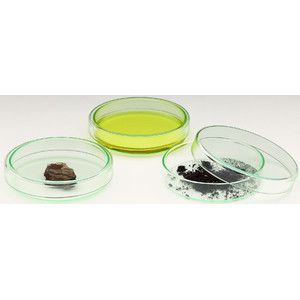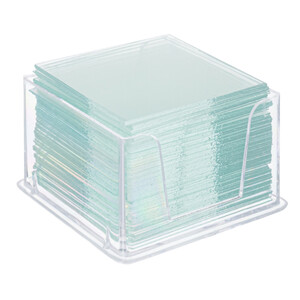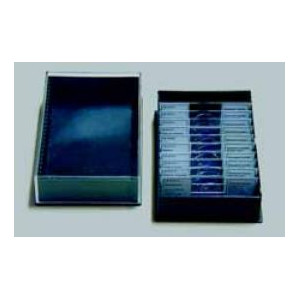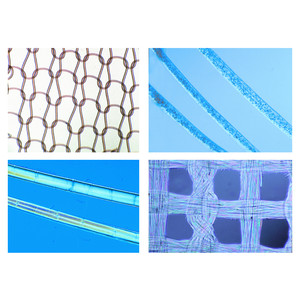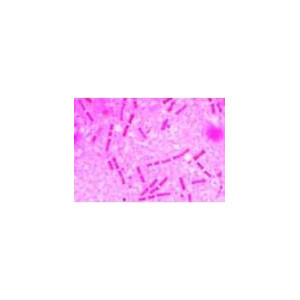Purtroppo, questa descrizione non è stato tradotto in italiano, in modo da trovare a questo punto una descrizione inglese.
Prepared Microscope Slides
Basic component of the program are the A, B, C and D series comprising of 175 microscope slides. The four series are arranged systematically and constructively compiled, so that each enlarges the subject line of the proceeding one. They contain slides of typical micro-organisms, of cell division and of embryonic developments as well as of tissues and organs of plants, animals and man. Each of the slides has been carefully selected on the basis of its instructional value. LIEDER prepared microscope slides are made in our laboratories under scientific control. They are the product of long experience in all spheres of preparation techniques. Microtome sections are cut by highly skilled staff, cutting technique and thickness of the sections are adjusted to the objects. Out of the large number of staining techniques we select those ensuring a clear and distinct differentiation of the important structures combined with best permanency of the staining. Generally, these are complicated multicolor stainings. LIEDER prepared microscope slides are delivered on best glasses with ground edges of the size 26 x 76 mm (1 x 3"). – Every prepared microscope slide is unique and individually crafted by our well-trained technicians under rigorous scientific control. We therefore wish to point out thatdelivered products may differ from the pictures in this catalog due to natural variation of the basic raw materials and applied preparation and staining methods.
The number of series in hand should correspond approximately to the number of microscopes to allow several students to examine the same prepared microscope slides at the same time. For this reason all slides out of the series can be ordered individually also. So, important microscope slides can be supplied for all students.
2100 Invertebrata, Elementary Set.
25 Microscope Slides
The most important representatives of Protozoa, Sponges, Coelenterata, Vermes, Arthropoda, Insecta, Mollusca, Echinodermata, Acrania.
1. Amoeba proteus, w.m.
2. Euglena, a common flagellate with eye spot
3. Paramaecium, a common ciliate
4. Sycon, marine sponge, t.s. of body
5. Hydra, extended specimen w.m.
6. Dicrocoelium lanceolatum, sheep liver fluke, w.m.
7. Planaria, t.s. of body
8. Taenia saginata, tapeworm, proglottids in different stages t.s.
9. Trichinella spiralis, l.s. of muscle with encysted larvae
10. Lumbricus, earthworm, t.s. of body in region of typhlosole
11. Daphnia, water flea w.m.
12. Cyclops, copepod w.m.
13. Spider, leg with comb w.m.
14. Spider, spinneret w.m.
15. Musca domestica, house fly, head and mouth parts w.m.
16. Periplaneta, cockroach, biting mouth parts w.m.
17. Apis mellifica, honey bee, mouth parts of worker w.m.
18. Musca domestica, house fly, leg with pulvilli w.m.
19. Apis mellifica, wings w.m.
20. Trachea from insect w.m.
21. Spiracle from insect w.m.
22. Drosophila, fruit fly, sagittal l.s. of adult specimen
23. Snail, radula w.m. or section
24. Snail, t.s. through body
25. Asterias, starfish, t.s. of arm (ray)
